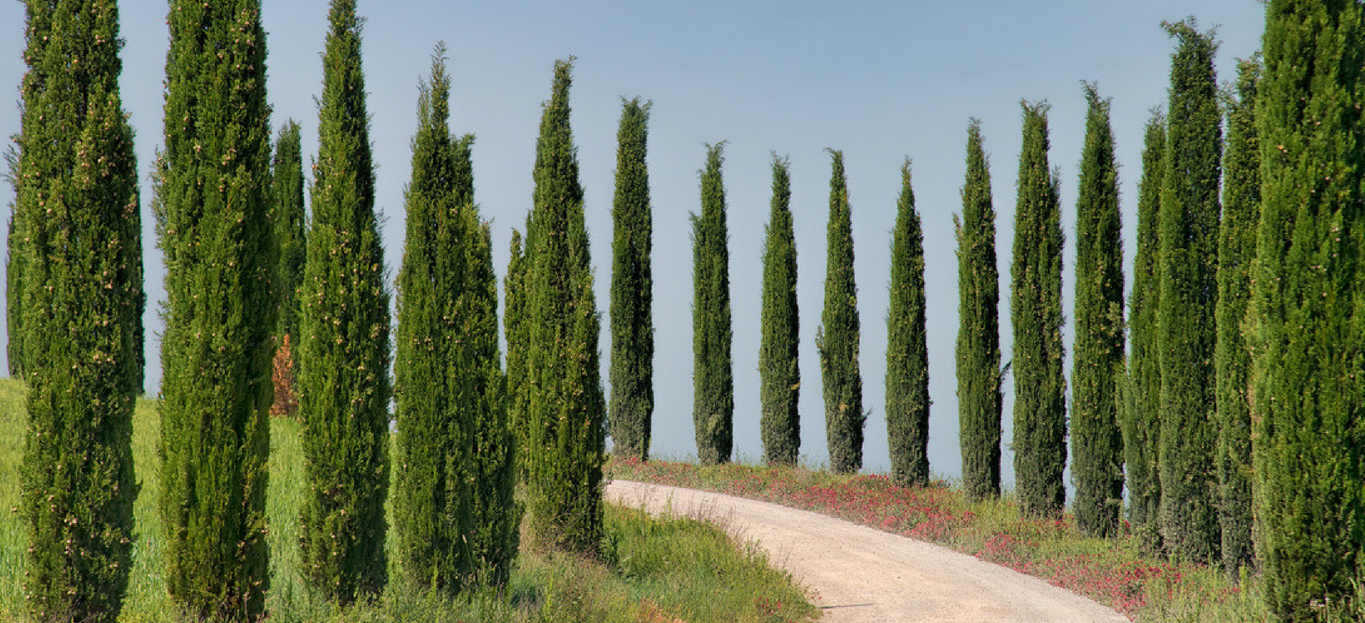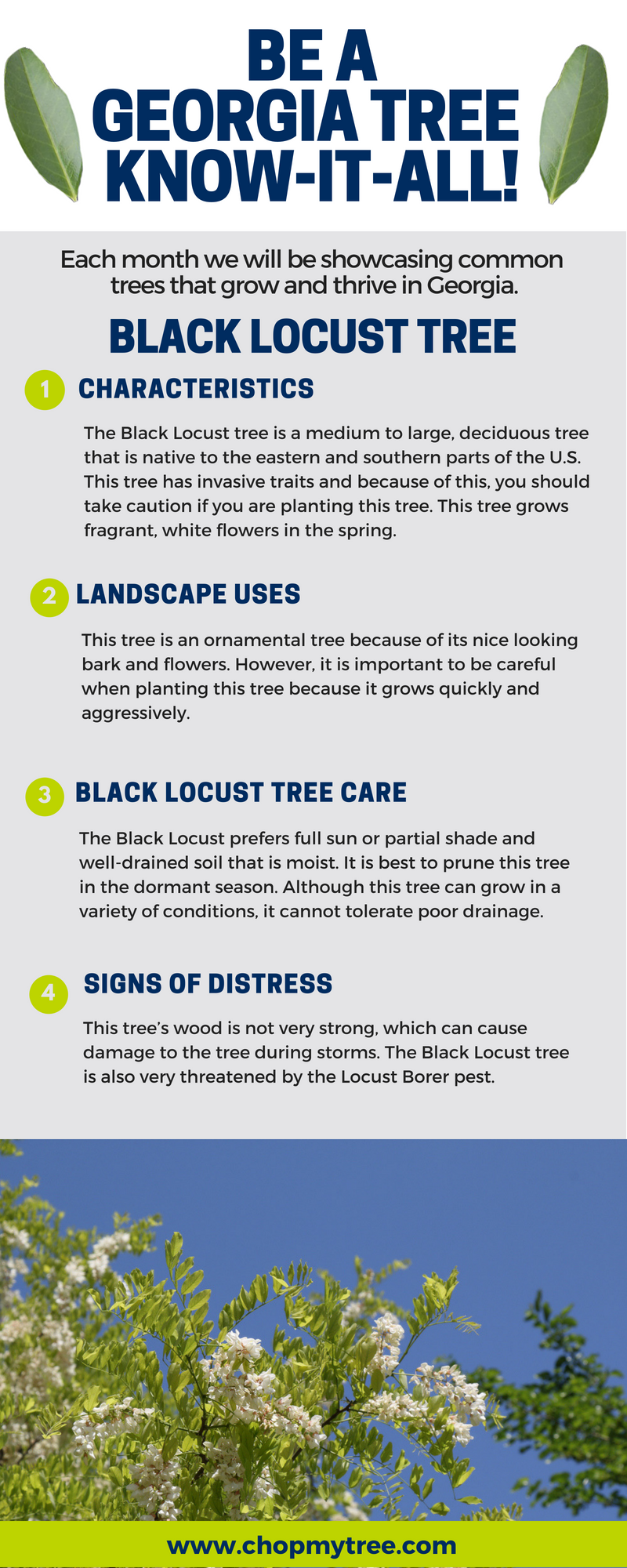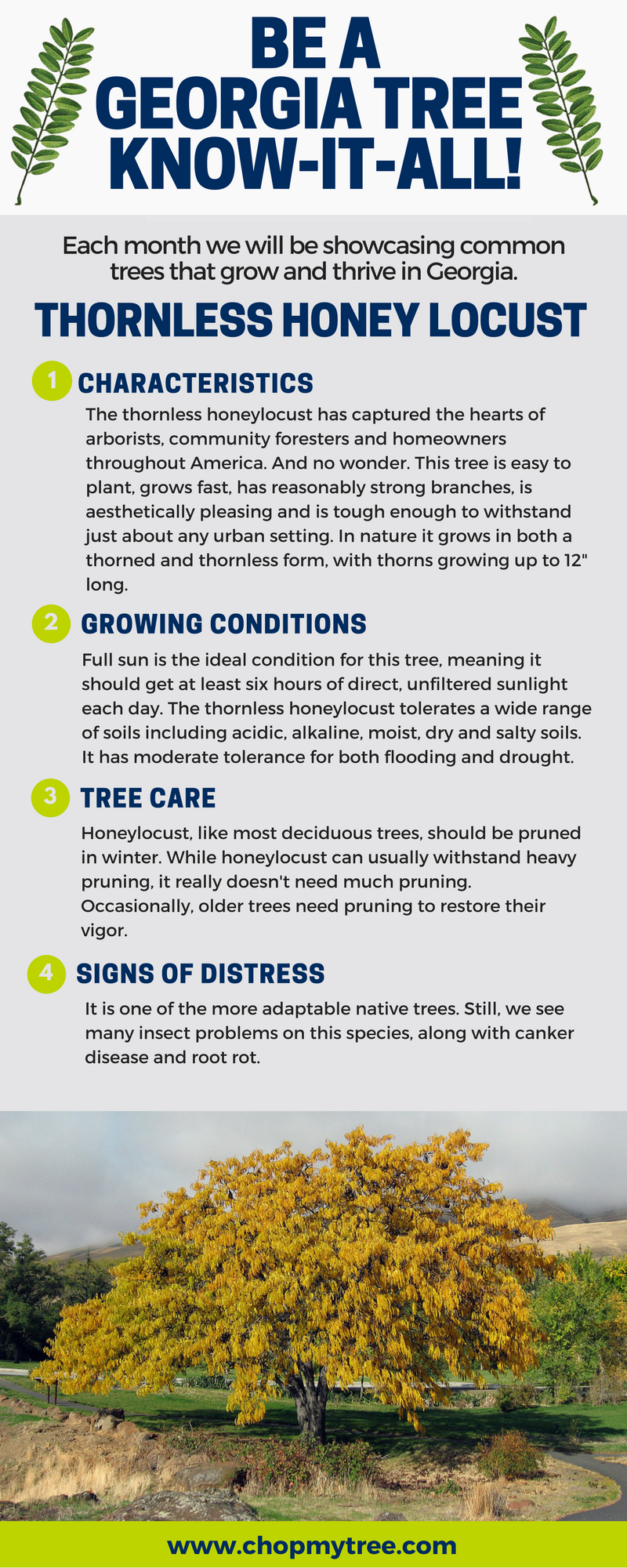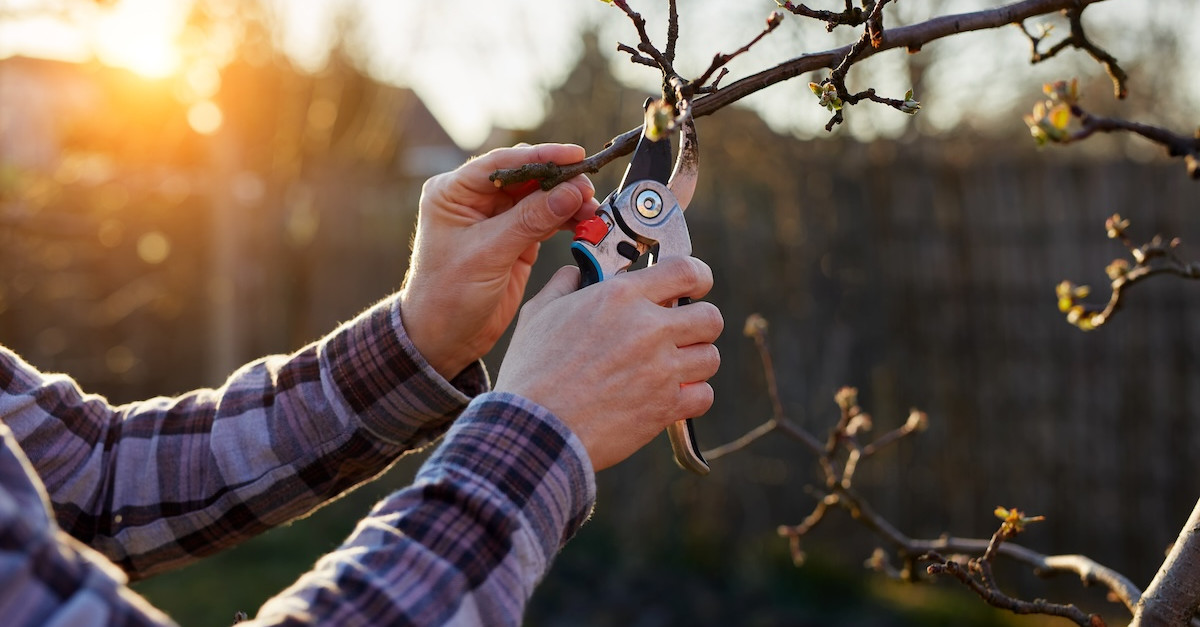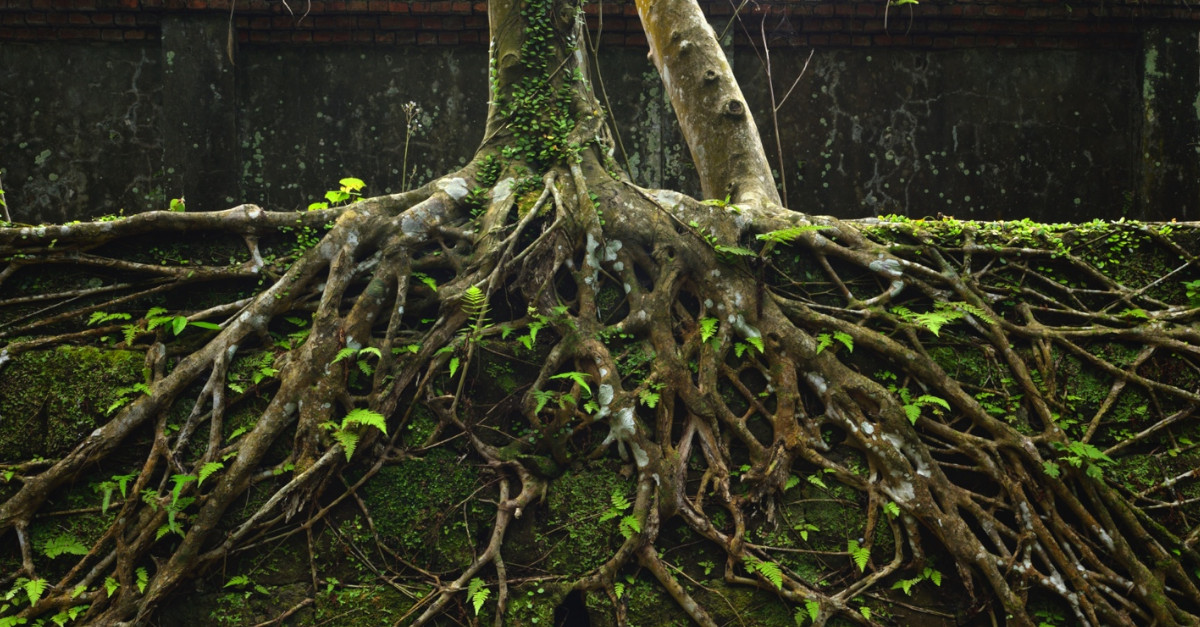Caring for the Diva in Your Midst: Italian Cypress 101
Want a taste of the Old World right in your new backyard? Italian cypress trees are lovely to look at, lending the impression of an ancient Roman Senator’s driveway or a king’s grand palace.
Perhaps fittingly, just like senators and kings, Italian cypresses can be divas. (Tree-vas?) But while Cupressus sempervirens– also known as the Mediterranean cypress, Persian cypress, Tuscan cypress, and pencil pine – is famously finicky, you can keep it healthy and happy with the right tree care.
Here’s your basic four-step plan.
1. Plant in Full Sun
Italian cypress does not appreciate shade. Not one dappled lick of it. Instead, plant your cypress in full sun, says Missouri Botanical Garden, which is defined as at least six hours per day. If you’ve already planted a little guy up close to the house or in a similarly shady spot, go ahead and transplant early in the morning on a cloudy day to minimize shock.
2. Provide Light, Loamy Soil
The Italian cypress likes lots of moisture, but of the fast-draining variety. Therefore, the happiest cypresses live in loamy soil with a good amount of sand. If that’s not your natural environment, you can up the drainage by mixing in some compost and a bit of sand.
3. Water a Medium Amount
Despite their origination in regions – Greece, Turkey, Egypt, Syria – the Italian cypress likes a medium amount of water. While it will tolerate some drought, that’s not until it gets established, until which point it needs consistently moist soil. Stick a metal rod into the soil to test; if it sinks easily up to a foot or so, you’re good. If you can’t get it to penetrate, it’s time for water – a deep soaking rather than sprinkling.
4. Prune Intelligently
Pruning is an art form, meant to enhance the health and beauty of the tree, which means you need to finesse the job. Trim off dead or dying branches past the point where the browning starts. Trim healthy branches only to the point where they help you showcase the natural shape of the tree, and never cut the top off.
Not quite sure you can handle the job yourself? Get in touch with Premier Tree Solutions. We handle trimming and pruning, blush clearing, storm cleanup, and more. Give us a call at 404.252.6448 or, in an emergency, at 404.569.8897. We are proud to offer the best possible service to tree-vas everywhere … and their owners.

